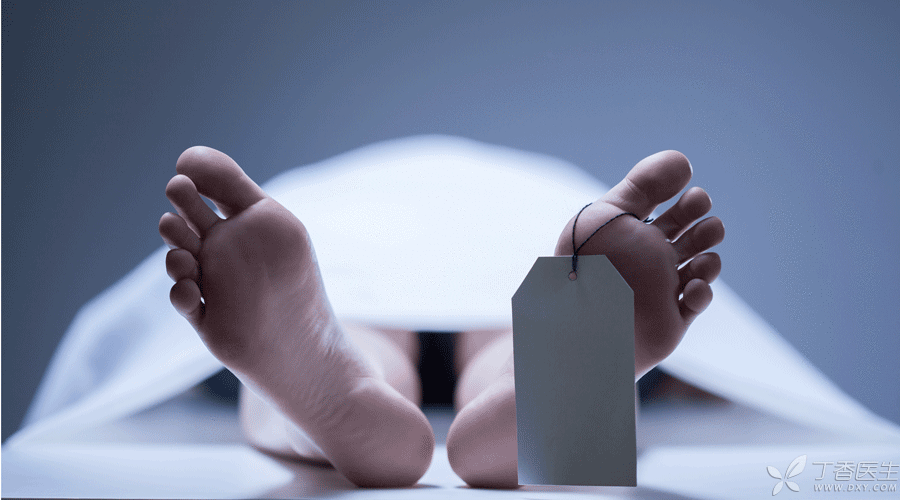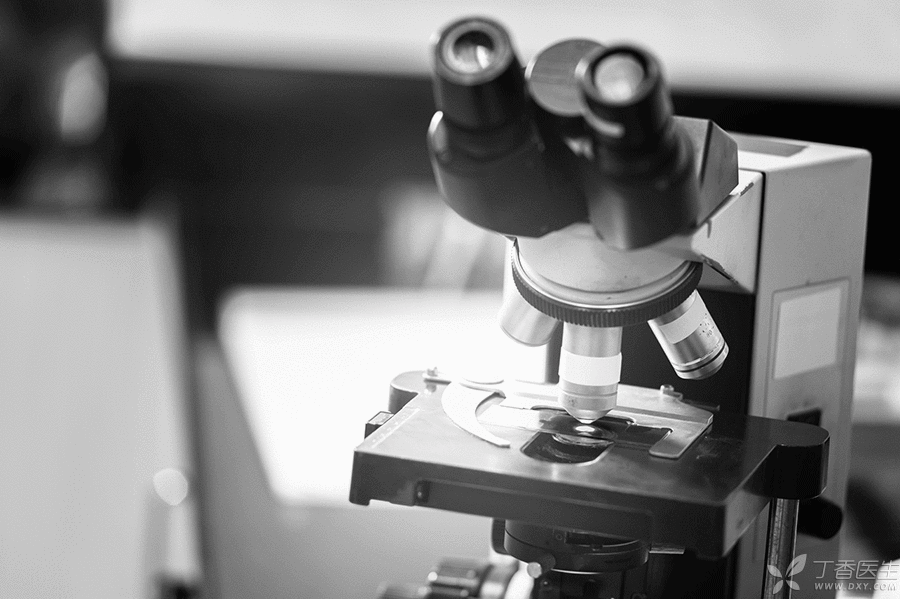
What kind of profession is forensic medicine? Terror, mystery, heavy taste?
What kind of people are forensic doctors? Cold-blooded, sharp, bold enough?
[Dealing with corpses every day] should be the impression of most people on forensic doctors. Therefore, forensic doctors are often called [corpse whisperers] [spokesmen of the dead]. They need to find clues from the clues of the dead’s body and restore the truth.

Readers who have seen the American TV series “Crime Scene Investigation (CSI)” or the Hong Kong TV series “Criminal Investigation Files” may ask, are forensic doctors like the characters in the play, handsome and full of eyes, and will find out the truth of the case while talking and laughing?
In fact, forensic doctors often need to go up the mountain and down the water, endure the stink of autopsy, and calmly look for clues in [materials] that ordinary people see will cause serious physical discomfort. The process is not as agile as in the play. In case of complicated cases, they need to carefully examine, reason and confirm over and over again.
Then what methods do they have to judge why this person died?
Dissect a corpse and make slices.
This is the general public impression that what forensic doctors do is subdivided into forensic pathology in the forensic profession.
They will dissect the body and find out the cause of death. When necessary, take specimens of the body, make pathological sections, and find out the cause of death in detail under a microscope.
For example, if a body is found in the water, is it drowned or thrown into the water after other means of death?
Forensic doctors usually judge whether the deceased has struggled violently in the water by examining foreign bodies in the hands and nails of the deceased. Dissecting and observing whether there is white foam in respiratory tract and whether there is a large amount of drowning fluid in digestive tract, and judging whether the deceased is breathing in water; Diatom experimental detection of internal organs is an important means to judge whether they enter water before or after death.
Testing DNA and other biological information
In addition to the corpse itself, forensic doctors will also analyze and obtain evidence on some materials that may be related to the case. It is more common to use biological science and technology to identify biological materials related to human body in the case.
DNA was extracted from dandruff left in the deceased’s fingernails, a drop of blood left on the windowsill, or saliva, hair, sperm spots, etc., thus locking the suspect.
Carry out poisoning tests and provide clues to solve crimes.
In suspected poisoning cases, forensic doctors will investigate the types, sources, doses and methods of poisoning through some experiments.

In addition, there are also some professional forensic doctors who can identify species and race, and infer age, sex, height and appearance through bones, hair, etc. Or use small animals such as insects to infer the time and place of death.
In the name of law, medicine is the skill.
The purpose of saying this is to let readers have a little understanding of the profession of forensic medicine and such a group of people.
In fact, there is no mystery or courage. It is a profession, perhaps with a little persistent mind. The sword rises and falls, but it is in the name of [Dharma] to find something called truth, and with [medical] technology to help the murders sleep peacefully in the grave. May the polished scalpel in the hands of these people illuminate the darkness a little.
Every appraisal document and every word must withstand repeated scrutiny and cross-examination, because they are of great importance. The matter is greater than human life, the crime is greater than the death penalty, the right and wrong are clearly distinguished, and only evidence is available.
This has always been the creed of generations of forensic doctors. This is also the reason and bottom line why they can speak for the dead.
